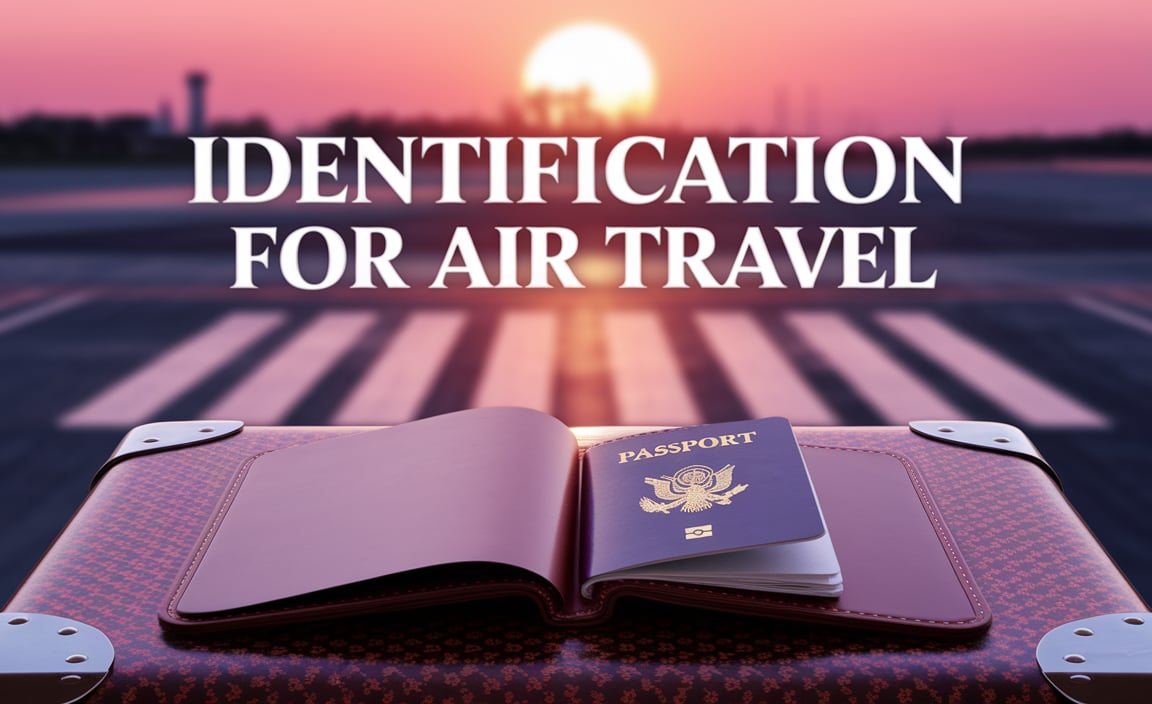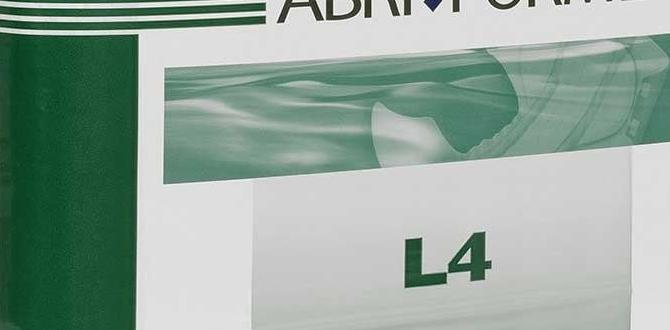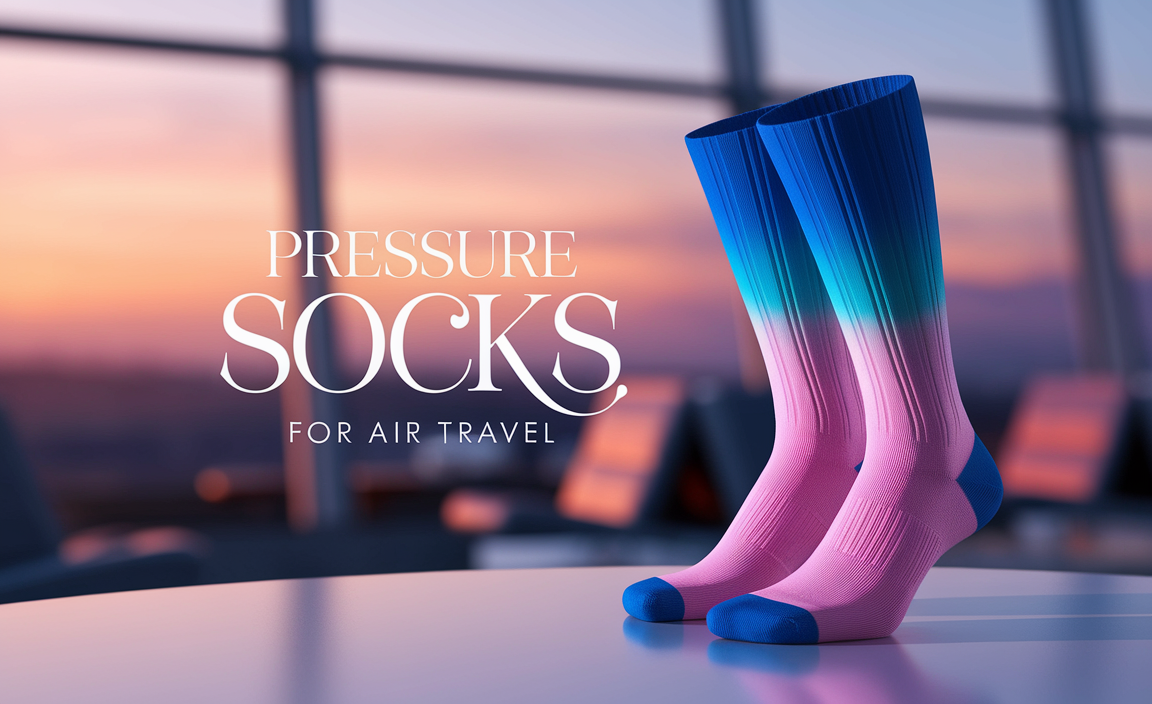Plan an unforgettable Austria winter trip with essential tips on packing, destinations, and making the most of your snowy adventure. This guide covers everything you need for a comfortable and stress-free experience, from cozy attire to navigating charming towns and enjoying world-class skiing.
Dreaming of a winter wonderland? Austria’s snow-kissed landscapes, charming villages, and exhilarating ski slopes are a magical sight. But planning a trip to a snowy destination can feel a bit daunting, especially if it’s your first time. You might wonder about the best places to go, what to pack, or how to get around when everything is covered in white. Don’t worry! This guide is here to make your Austria winter trip smooth, enjoyable, and absolutely stress-free, whether you’re a seasoned skier or just want to soak up the cozy alpine atmosphere. We’ll walk you through everything you need to know to have a comfortable and memorable experience.
Your Essential Austria Winter Trip Guide
Why Austria in Winter?
Austria in winter is pure magic. Imagine waking up to a picturesque scene of snow-dusted peaks, enjoying the warm glow of Christmas markets, or hitting the powdery slopes for an exhilarating ski run. It’s a country that truly comes alive in the colder months, offering a blend of breathtaking natural beauty and rich cultural experiences. From the imperial grandeur of Vienna to the charming alpine villages, Austria provides a diverse range of winter activities for everyone. It’s the perfect escape for those seeking adventure, romance, or simply a cozy retreat.
Getting Started: When to Go and Where to Visit
The Austrian winter season typically runs from December to March, with the prime skiing conditions often found in January and February. However, the festive atmosphere of December, with its famous Christmas markets, is a huge draw for many. Consider your priorities when choosing your travel dates. Are you chasing the deepest snow for skiing, or are you more interested in the holiday charm?
Popular Winter Destinations in Austria:
- Vienna: The capital city offers a sophisticated winter experience with its magnificent palaces, world-class museums, cozy coffee houses, and enchanting Christmas markets. It’s less about snow sports and more about culture and historical allure.
- Salzburg: The birthplace of Mozart is a fairytale city adorned in snow. Explore its Baroque architecture, visit the Hohensalzburg Fortress, and enjoy the festive spirit, especially around the holidays.
- Innsbruck: Nestled in the heart of the Alps, Innsbruck is a premier destination for winter sports enthusiasts. It boasts excellent ski resorts and a charming old town with imperial history.
- St. Anton am Arlberg: Renowned as one of the best ski resorts in the world, St. Anton is a must-visit for serious skiers and snowboarders. It offers challenging slopes and a vibrant après-ski scene.
- Zell am See-Kaprun: This region offers year-round beauty, but in winter, it’s a hub for skiing, snowboarding, and winter hiking. The Kitzsteinhorn glacier ensures snow even in early and late season.
- Hallstatt: This incredibly picturesque village on a lake is even more enchanting under a blanket of snow. It’s a quieter option for those seeking stunning scenery and serene moments.
When choosing your destination, think about the kind of experience you want: bustling city life, world-class skiing, or a peaceful mountain escape. Many travelers combine a city break with a few days in a ski resort.
Packing Essentials for Your Austria Winter Trip
Packing for a winter trip requires careful consideration to ensure you stay warm, dry, and comfortable. Layering is key! Instead of one bulky coat, opt for several thinner layers that you can add or remove as needed. This approach is far more effective for regulating your body temperature.
Clothing Layers:
- Base Layer: Thermal underwear (long johns and tops) made of merino wool or synthetic materials. These wick moisture away from your skin, keeping you dry and warm. Avoid cotton, as it holds moisture.
- Mid Layer: Fleece jacket, wool sweater, or a down vest. This layer provides insulation.
- Outer Layer: A waterproof and windproof jacket (ski jacket or a good quality winter coat) and waterproof pants. This is your protection against the elements.
Extremities and Accessories:
- Warm Socks: Wool or thermal socks are essential. Bring several pairs.
- Waterproof Boots: Sturdy, waterproof winter boots with good grip are a must, especially if you plan on walking in snowy or icy conditions.
- Gloves or Mittens: Waterproof and insulated gloves or mittens. Mittens are generally warmer than gloves. Consider liner gloves for added warmth.
- Hat: A warm, insulated hat that covers your ears.
- Scarf or Neck Gaiter: To protect your neck and face from the cold wind. A neck gaiter is often more practical.
- Ski Gear: If you plan on skiing or snowboarding, you’ll need appropriate ski clothing, helmet, goggles, and potentially waterproof gloves. Many resorts offer rental services for equipment.
Beyond Clothing: Other Must-Haves
- Sunscreen and Lip Balm with SPF: The sun can be surprisingly strong at high altitudes, and snow reflects UV rays.
- Moisturizer: Cold, dry air can wreak havoc on your skin.
- Small Backpack: For day trips or carrying essentials like water, snacks, and extra layers.
- Portable Charger: Cold weather can drain your phone battery faster.
- Reusable Water Bottle: Staying hydrated is important, even in winter.
- Swimsuit: Many hotels and spas have indoor pools or saunas, perfect for warming up after a day in the cold.
- Adapters and Converters: Austria uses Type F plugs.
For those who require additional support or comfort during travel, consider discreet personal care items. For instance, if you or a companion need adult or child diapers for peace of mind on long journeys or during activities, packing them ensures comfort and reduces travel anxiety. Brands offering breathable and absorbent options can make a significant difference in maintaining confidence and ease throughout your trip. Secure, comfortable-fitting options are readily available online and through medical supply stores, allowing for stress-free packing.
Navigating Austria: Transportation Tips
Getting around Austria is generally quite efficient. The country has an excellent public transportation network.
Trains:
The Austrian Federal Railways ÖBB (Österreichische Bundesbahnen) operates an extensive and reliable network connecting major cities, towns, and even smaller villages. Trains are comfortable, punctual, and offer scenic views, making them a fantastic way to travel between destinations. Booking in advance, especially for longer journeys, can often secure better prices. A useful resource for travel planning in Austria is the ÖBB journey planner.
Buses:
For routes not covered by trains or for reaching more remote alpine locations, bus services are also readily available. These can be a good option for reaching specific ski resorts or smaller hamlets.
Rental Cars:
Renting a car offers the most flexibility, especially if you plan to explore off-the-beaten-path areas or have a lot of luggage. However, be prepared for winter driving conditions. Snow tires are mandatory during winter months (usually November 1st to April 15th for passenger cars and SUVs in specific conditions), and carrying snow chains might be required in some mountainous regions. Always check current road conditions and regulations before you drive. The Austrian Automobile, Motorcycle and Touring Club (ÖAMTC) is a good source for road information.
Local Transportation:
Within cities and towns, public transport (trams, buses, and subways in larger cities) is efficient. Many ski resorts offer free shuttle buses to and from slopes and accommodations for guests. Ski passes often include transport in the resort area.
Tip: If you are visiting multiple cities, consider purchasing a rail pass if it suits your itinerary. It can offer cost savings and convenience.
Activities Beyond Skiing
While skiing and snowboarding are popular, Austria offers a wealth of other winter activities to fill your itinerary.
Winter Hiking and Snowshoeing:
Many regions have well-maintained winter hiking trails offering stunning mountain vistas without the need for ski equipment. Snowshoeing is another excellent way to explore pristine snowy landscapes at your own pace. Look for marked trails suitable for your fitness level.
Ice Skating:
From natural frozen lakes to specially prepared rinks in city centers, ice skating is a classic winter pastime. Vienna’s Rathausplatz often hosts a magical ice rink during the Christmas season.
Tobogganing (Sledding):
Experience the thrill of sledding down a snowy mountain! Many resorts have designated toboggan runs, some of which are even illuminated for nighttime fun. It’s a wonderfully lighthearted activity for all ages.
Christmas Markets (Weihnachtsmärkte):
If you are traveling in December, the Christmas markets are an absolute must. Cities and towns across Austria transform into festive wonderlands with stalls selling crafts, seasonal treats, mulled wine (Glühwein), and more. Vienna, Salzburg, and Innsbruck are particularly famous for their spectacular markets.
Thermal Baths and Spas:
After a day out in the cold, there’s nothing better than soaking in a warm thermal bath or enjoying a soothing spa treatment. Many resorts and towns have excellent wellness facilities.
Cultural Experiences:
Explore imperial palaces in Vienna and Salzburg, visit world-class museums, attend a classical music concert, or simply relax in a traditional Viennese coffee house, sipping hot chocolate or coffee and indulging in a slice of Sachertorte.
Food and Drink to Try
Austrian cuisine is hearty and perfect for a winter trip. Don’t miss out on these delicious specialties:
| Dish/Drink | Description |
|---|---|
| Wiener Schnitzel | Thin, breaded, and pan-fried veal cutlet. A classic Austrian dish. |
| Kaiserschmarrn | Shredded, fluffy pancake, often served with fruit compote (like plum or apple). |
| Goulash | A rich, slow-cooked meat stew, often served with bread dumplings. |
| Krapfen | A sweet doughnut, often filled with jam or cream. Especially popular during carnival season. |
| Apfelstrudel | Thin pastry filled with spiced apples, raisins, and often served warm with vanilla sauce or ice cream. |
| Glühwein (Mulled Wine) | Warmed red wine infused with spices like cinnamon, cloves, and citrus. A staple at Christmas markets. |
| Eierlikör (Egg Liqueur) | A creamy alcoholic beverage made from eggs, sugar, and spirits. Delicious on its own or in coffee. |
Don’t forget to visit a traditional pastry shop (Konditorei) for a decadent slice of cake and a coffee – it’s a quintessential Austrian experience!
Budgeting and Costs
Austria can be an expensive destination, especially ski resorts and popular cities during peak season. However, with smart planning, you can manage your budget effectively.
Accommodation:
Prices vary greatly. Hotels in major cities and luxury ski resorts will be the most expensive. Consider guesthouses (Gasthöfe), apartments, or hostels for more budget-friendly options. Booking accommodation well in advance is crucial, especially for December and February school holidays.
Transportation:
Trains are generally a good value, especially if booked early. Rental cars add costs for fuel, parking, and potentially snow chains.
Food:
Eating out in restaurants can add up. To save money, consider having breakfast at your accommodation, packing lunches for day trips or ski days, and looking for local bakeries or market stalls for affordable snacks and meals. Supermarkets are also a great option for self-catering.
Activities:
Ski passes, equipment rentals, ski lessons, and lift tickets can be significant expenses if you are a skier. Look for package deals or consider areas with varied terrain to suit different skill levels. Many other winter activities like hiking, ice skating, and exploring towns are more budget-friendly.
Budgeting Tip: Look for Austrian National Tourist Office promotions or regional tourism cards that may offer discounts on attractions and transport if you plan to visit many sights.
Safety on the Slopes and in Winter Conditions
Skiing and snowboarding are thrilling but come with inherent risks. Following safety guidelines is paramount.
- Ski Resorts Information: Always familiarize yourself with the resort’s rules and regulations. Many resorts have their own safety codes.
- Know Your Limits: Ski or snowboard within your skill level. Don’t attempt runs that are too difficult for you.
- Check Conditions: Pay attention to weather forecasts and avalanche warnings. Ski patrols mark dangerous areas.
- Equipment: Ensure your equipment is properly fitted and maintained. Wear a helmet – it’s essential for protecting your head, and many resorts now make it mandatory.
- On the Slopes: Be aware of other skiers and snowboarders. Generally, the skier downhill has the right of way, but always exercise caution and look before crossing or overtaking.
- Alcohol: Be mindful of alcohol consumption, especially before skiing. Impairment significantly increases the risk of accidents.
Beyond the slopes, walking in snowy or icy conditions requires care. Wear appropriate footwear with good grip, and be cautious on steps and pathways, especially in smaller villages. The Austrian



